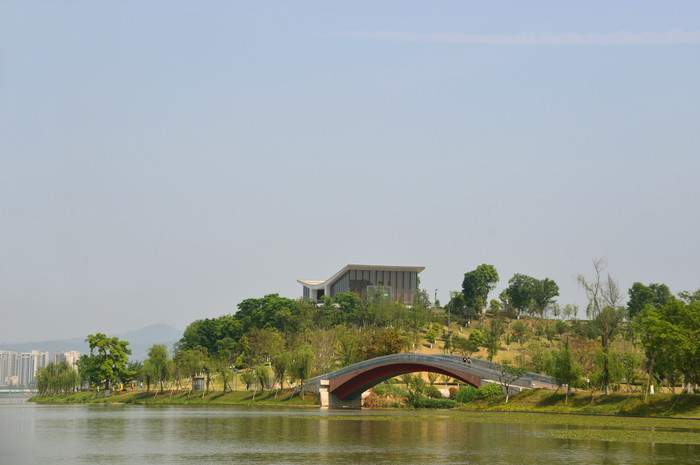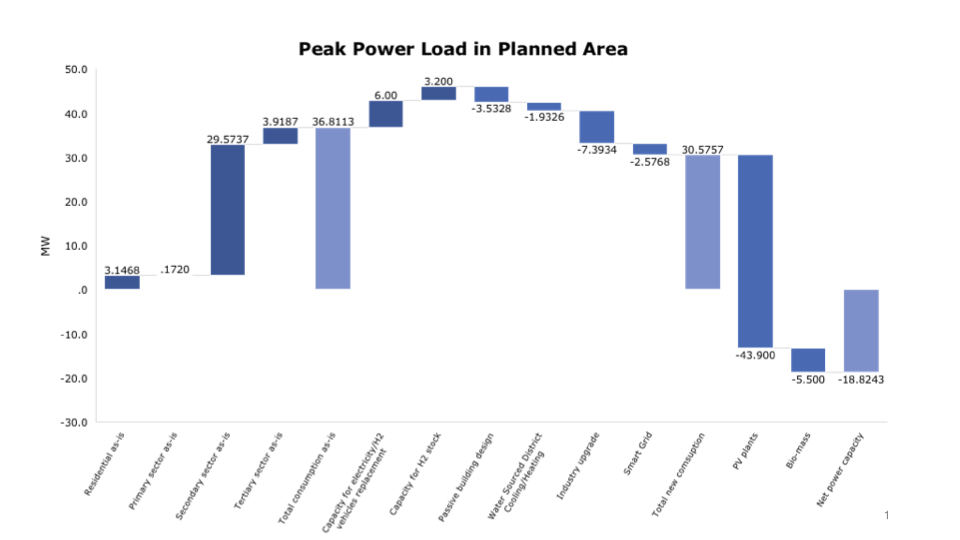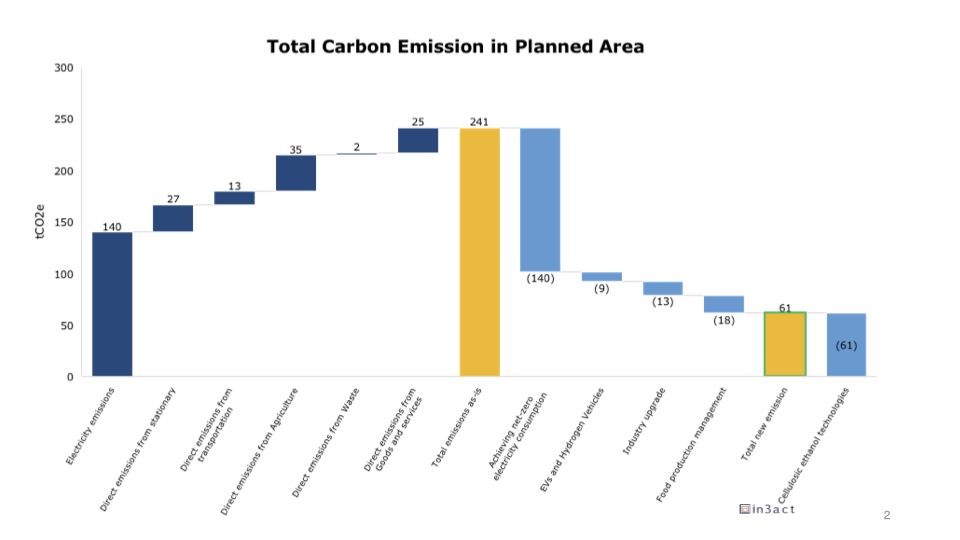case study

case study
We have the tangible advantages for a series of projects, based on long-term experience and expertise on integrated urban development. In the meantime, we have the ability to approach and comprehensively solve new problems, identifying and integrating decarbonization technologies, processes, models and methods to the projects. We directly contributed to a number of sustainable urban development projects. Among the latest, in Zhejiang province, we developed the planning of a new carbon neutral city of 20,000 people.



real case study
First, we conducted a feasibility study to assess current potential energy generation models. The study confirmed that the use of electric vehicles and hydrogen has led to a surge in electricity consumption that can be offset by taking full advantage of the region’s maximum potential of 43.9 megawatts of peak photovoltaic (PV) power (installed on the roofs of factories and buildings). The PV load will also allow 106 tons of H2 stock.

At a peak of 240,000 tons of CO2 in the designated area, the following assumptions illustrate the path to carbon neutrality at current settings:
- Only renewable energy within 4 square kilometers is used for power generation
- All electricity-related emissions will be offset by achieving net zero electricity consumption
- Incentives for electric cars powered by solar energy and H2 will reduce transportation emissions by 90 percent, or 9,400 tons of carbon dioxide
- Industrial upgrading: By attracting more companies with green credentials, the government aims to reduce direct carbon emissions by 50 percent
- Reducing carbon emissions from agriculture by 50 percent through food production management
- Cellulosic ethanol produced from local wheat straw will offset the remaining 61,216 tons of carbon dioxide emissions

This new energy supply model has been assessed as viable and sustainable for the region, taking into account all available technologies and existing infrastructure. The system relies almost entirely on clean energy consumption, coal is absent from the energy mix, and the residual emissions from the use of fuel in private transport can be offset.




